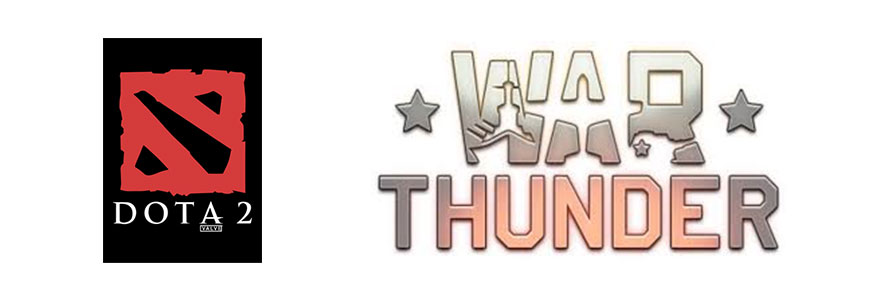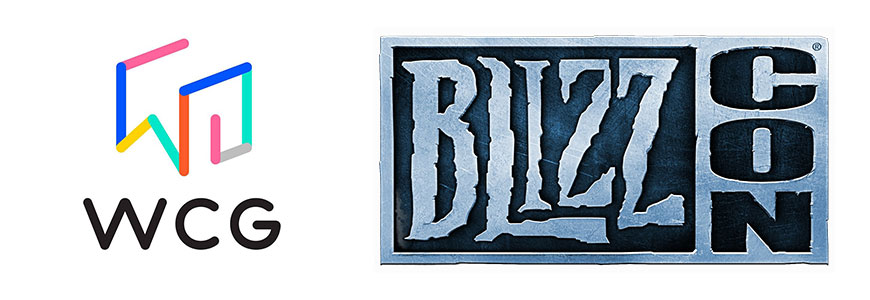The Game of the Name: Choosing a Trademark for Your Video Game
It is often said that the most important asset to any video game company is its "IP," or intellectual property. The reason for this is not surprising. Intellectual property rights give their holders the ability to protect their work product from the unauthorized — and uncompensated — use by others, while at the same time providing valuable sources of revenue and branding opportunities. Unsurprisingly, the most common legal questions we encounter in the video game industry relate to intellectual property rights. Yet the intricacies of IP law are not intuitive, and thus often leave people who do not practice in this area baffled, or worse, misinformed.
In this series, we discuss some of the fundamental concepts of intellectual property law as they relate specifically to video game companies and other unique players in the space, including esports teams and content creators. The intention of these articles is to provide a basic understanding of the various intellectual property rights important to the industry — from the differences between a trademark and a copyright, to what's behind a DMCA takedown notice.
These articles are not legal advice, nor should they be relied upon as such, as the particular facts of each unique circumstance determine how the legal issues will play out. If you have any questions concerning the content of any article, or want to know more about any of the topics we discuss, we encourage you to contact the authors. We promise, we don't bite.
* * *
PART I: The Game of the Name: Choosing a Trademark for Your Video Game
So, you've just come up with a great new video game. The idea is to get as many characters as possible to walk and chew gum at the same time. It's the first game of its kind. Congratulations!
You're thinking of calling your new game "Walk 'N Chew." Why? Because it tells potential players what the game is about.
Perfect, right? Wrong. As we explain below, that is exactly because it tells the potential player what your game is all about.
The right trademark is nearly as important to your game's success as the game itself.
Trademarks identify your products and distinguish them from the products of others. Without a unique trademark, your target audience won't be able to identify your game, and you might not be able to prevent your competition from using the same or similar trademark for their similar game. In that way, it's just like your own name—it's how people identify you.
A trademark is a word, graphic, logo, picture, color, sound, or combination of those that distinguishes your product or service from those of your competitors. Service marks are like trademarks, but used for services, e.g., contests, competitions, competitive teams, game development. For this article, we'll just use the term trademark to refer to them both. You use a trademark to make sure people can identify your game or your esports team and know where it came from or who sponsored it.
Examples of game or game franchise trademarks:
- Madden NFL
- FIFA '19
- Anthem
- Apex Legends

Examples of service marks for esports or gaming:
- EA Sports - video game publisher
- Appstore - online mobile retail store
- Cignal Ultra - esports team
Examples of service marks for esports conferences or promoters:

What Makes a Strong Trademark
Now the question is, how do you choose the perfect trademark? As noted above, your first impulse may be to choose one that describes exactly what the game does, because it will tell potential players everything they need to know. But actually, the best trademarks are the ones that don't describe your game.
You want a trademark that's "strong," so you can better protect it from others using it, and because it will be less likely to be accused of infringing someone else's trademark.
The stronger the mark, the more likely it will be enforceable against others and the easier it will be to stop them from using the same or similar mark on the same or similar goods or services. The weaker the mark, the less protectable and enforceable it is, and the more difficult it is to stop subsequent users, raising the likelihood that it will be used by others in one form or another.
Economically, strong marks cost less to protect and enforce than weak marks, and give a broader scope of protection. Strong marks are less likely to run into problems during the application/registration process and are more likely to be successfully enforced against a subsequent user of the same or similar mark, for the same or similar goods and services, or even related ones.
Weak marks, on the other hand, can cost far more to protect and enforce, and provide only a narrow scope of protection. Weak marks almost always have problems during the application/registration process, making it harder to get them through to registration (resulting in greatly increased legal fees); they usually have to contend with marks already in use that, while perhaps not identical, have observable similarities. And weak marks are likely to be successfully enforced only against someone who later uses the same or substantially similar mark for the same or substantially similar goods and services.
In terms of strength, there are basically four types of trademarks: fanciful, arbitrary, suggestive, and descriptive. Below we discuss each type, in order from strongest to weakest:
Types of Trademarks
- Fanciful Marks
Fanciful marks are made-up words. They have no meaning other than as a trademark for the owner's particular goods or services. Fanciful marks tell you nothing about the product, but they are memorable precisely because they don't:
- Spotfiy - digital music service
- Verizon - telecommunication services
- Rolex - watches
This is usually what you want — if consumers remember your mark, they remember your product, no matter how many competitors you may have. Fanciful marks have the strongest protection, and in some cases are so wellknown, or "famous," that they can be enforced against use of the same or a similar mark on unrelated goods and services.
- Arbitrary Marks
These are real words or images (logos) used for goods or services that have little or nothing to do with the definition of the word:
- Apple - computers/phones/electronics
- Bing - internet search engine
- Chrome - web browser
- Full Sail - educational services
- Amazon - retail store
As with fanciful marks, arbitrary marks tell you nothing about the product, but stand out as more memorable among the same type of goods or services of the competition. This is really the whole point of having a trademark. Arbitrary marks have strong protection, but unless they are "famous" marks, they generally don't have quite the scope of enforceability as do fanciful marks.
- Suggestive Marks
Suggestive marks "suggest" something about the good or service; they give you a hint as to what it is or what it does, without going so far as to describe it. You probably have to think about it before you can figure out what the product or service is. Suggestive marks are usually existing words or combinations of words, or the equivalent graphic logos:
- 7-Eleven - convenience stores
- Netflix - on demand video/movies/TV
- Avengers - superheroes franchise
- PayPal - online payment service
- StubHub - online resale ticket service
Suggestive marks are generally enforceable only against the same or similar mark on the same or similar goods because they are only one step away from "descriptive" marks (explained below). In fact, the line between descriptive marks and suggestive marks is often very thin and subjective.
- Descriptive Marks
A word or design that describes or clearly identifies a quality or function or feature or tells the customer what the product is or does is called a "descriptive" mark:
- Microsoft - software company
- Computerland - computer stores
- Ticketmaster - online ticket sales
- Paint - graphics software
Descriptive marks are generally not protectable, precisely because they are descriptive. Descriptive marks can acquire protection by extensive use over a long period of time, or through extensive advertising or other continuous use. But that won't be available for your new game any time soon.
If the mark is deemed descriptive, anyone in the industry is free to use the mark in whole or in part, either in the name of their own similar product or as a descriptive term in text. While no one can stop you from using a descriptive mark, in turn, you can't stop anyone else from using the same or similar mark. In fact, the term "descriptive trademark" is a misnomer, although it is frequently used.
Fanciful, arbitrary, and suggestive trademarks are protectable and enforceable proprietary rights. Descriptive marks, in the absence of extensive years of use and substantial proof of "secondary meaning," are generally neither protectable nor enforceable.
Non-Trademarks: Generic Marks
Unlike the prior four marks, generic marks are the product or service itself, and can never become a trademark:
- Coffee
- Furniture
- Video Game
Generic terms are neither protectable nor enforceable. They should be avoided if at all possible.
So now that you know about the risks of using a descriptive term, you've decided to come up with a mark that has nothing to do with the game: YOWZA!!
Good move! You've come up with a fanciful mark! Congratulations!
But wait – we're not done yet. The next thing we should do is make sure your trademark isn't already taken.
That is the subject of our next article in the Back to Basics series - available here!
]]> ~/Libraries/CarltonFields/Media/Banners/Headers/back-to-basics-bn.jpg ]]>